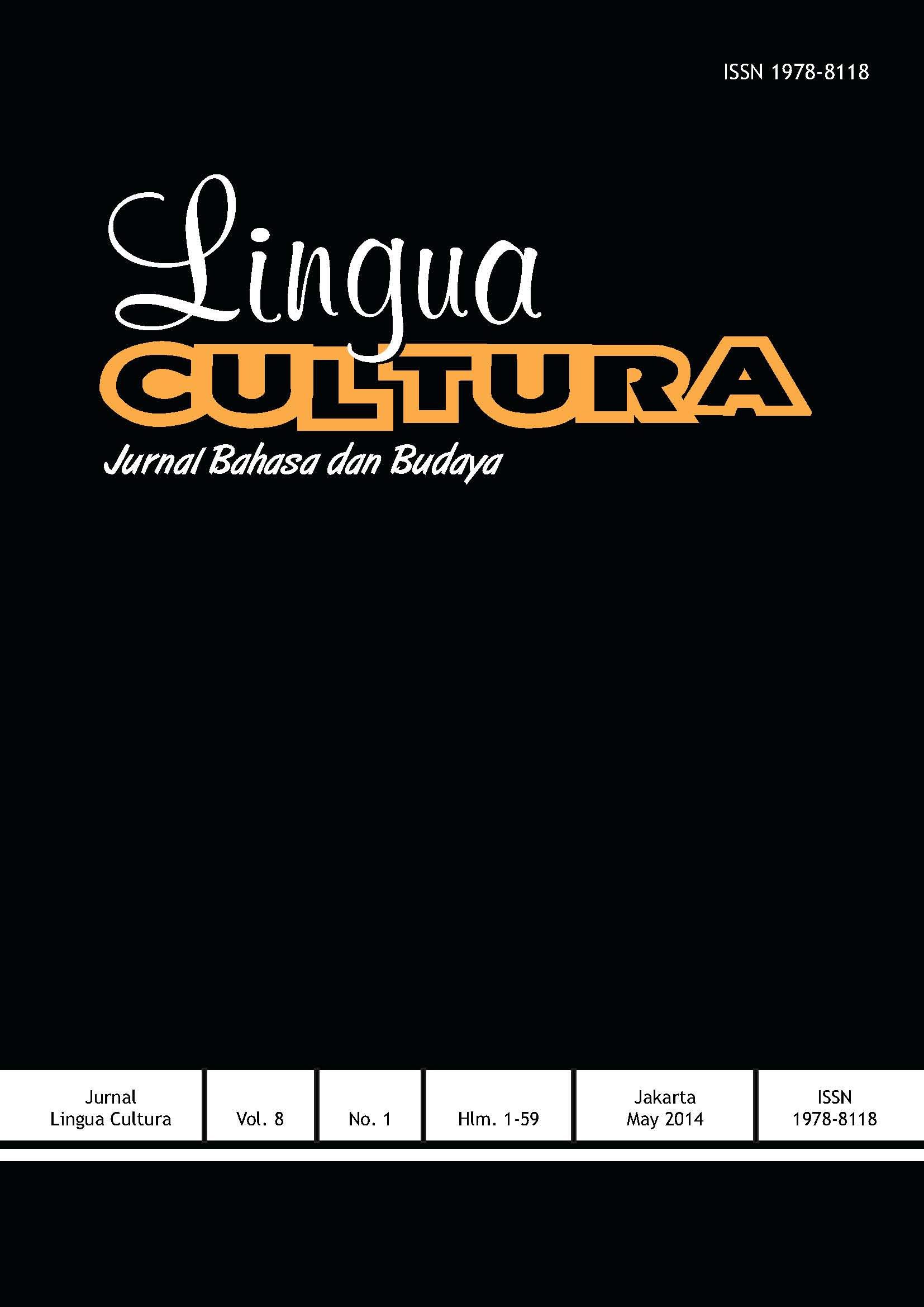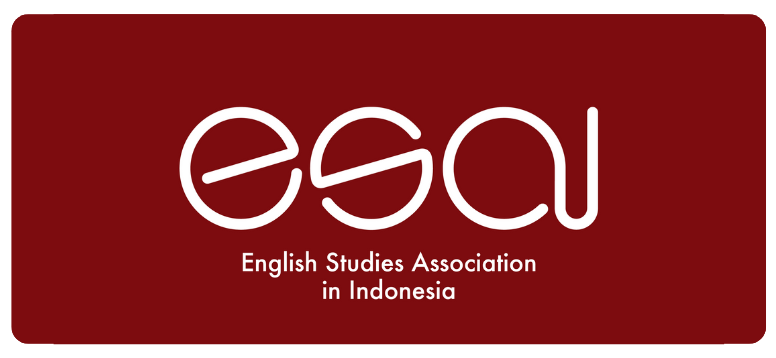A Brief Analysis of the Acrostic in Chinese Language in Teaching Chinese as a Foreign Language
DOI:
https://doi.org/10.21512/lc.v8i1.442Keywords:
acrostic, grammar, teaching, Chinese languageAbstract
Acrostic is a special phenomenon of the modern Chinese language. It is a combination of lexical and syntactical that across “vocabulary†and “grammar†categories. The morphemes can be combined and can also be separated by various form changes depending on its development. Acrostic is always been a crucial part in teaching Chinese language to foreigners and less developed than other parts of the teaching. This study used quantitative method to analyze the problems associated with the acrostic in teaching Chinese to foreigners. Source of the data was learners’ exercise and assignment. The discussion in this article was viewed from the perspective of the outside-oriented teaching, grouped into 3 main sections. The first was in terms of the usability characteristics to the acrostic developments in the acrostic grammar study. The second, based on the results of the questionnaire regarding the use of acrostic, research analyzed students’ main mistakes and their causes. The third was to observe the condition of teaching acrostic. This research is expected to help teachers and learners of Mandarin understand and overcome the difficulties in learning acrostic.References
柯彼德. (1990). 汉è¯ä½œä¸ºå¤–è¯æ•™å¦å¾·è¯æ³•ä½“系急需修改的è¦ç‚¹ï¼Œç¬¬ä¸‰å±Šå›½é™…汉è¯æ•™å¦è®¨è®ºä¼šè®ºæ–‡ 选[M].北京:北京è¯è¨€å¦é™¢å‡ºç‰ˆç¤¾ã€‚
陆志韦. (1957). 汉è¯çš„æž„è¯æ³•[M]. 北京:科å¦å‡ºç‰ˆç¤¾ã€‚
æŽæ¸…åŽ. (1983). 谈离åˆè¯çš„特点和用法[J].è¯è¨€æ•™å¦è¯è¨€ç ”究。
æŽå¤§å¿ . (1996). 外国人å¦æ±‰è¯è¯æ³•å误分æž[M]. 北京:北京è¯è¨€å¤§å¦å‡ºç‰ˆç¤¾ã€‚
å•æ–‡åŽ. (1999). çŸè¯è¯çš„划分在对外汉è¯æ•™å¦ä¸çš„æ„义[J].è¯è¨€æ•™å¦ä¸Žç ”究。
åŸå›½. (2011). 对外汉è¯å个è¯æ³•éš¾ç‚¹çš„åè¯¯ç ”ç©¶[M], 290. 北京大å¦å‡ºç‰ˆç¤¾ã€‚
饶勤. (1997). 离åˆè¯çš„结构特点和è¯ç”¨åˆ†æžâ€”—兼论ä¸é«˜çº§å¯¹å¤–汉è¯ç¦»åˆè¯çš„æ•™å¦[J]. 汉è¯å¦ä¹ , 1(97)。
王燕明. (2011). 对外汉è¯ç¦»åˆè¯æ‰©å±•å½¢å¼çš„分级教å¦[J], 30(1).和田师范专科å¦æ ¡å¦æŠ¥ã€‚
王海秀. (2004). è¿‘åå¹´æ¥çš„离åˆè¯ç ”究综述[J].内蒙å¤å¤§å¦æ±‰è¯è¨€ç³»ã€‚
于æŒ. (2009). 对外汉è¯æ•™å¦ä¸çš„离åˆè¯æ•™å¦[J], 5.è¯è¨€æ•™å¦ç ”究。
æ¨æ³‰. (2011). 基于HSK作文è¯æ–™åº“çš„ç•™å¦ç”Ÿç¦»åˆè¯åè¯¯è®¡ç®—æœºè‡ªåŠ¨çº é”™ç³»ç»ŸåˆæŽ¢[J], 5.è¯è¨€æ–‡å—应用。
å¼ æ¶¤åŽã€èƒ¡è£•æ ‘. (1988). 汉è¯è¯æ³•ä¿®è¾žè¯å…¸[M]. 安徽:教育出版社。
Downloads
Published
How to Cite
Issue
Section
License
Authors who publish with this journal agree to the following terms:
a. Authors retain copyright and grant the journal right of first publication with the work simultaneously licensed under a Creative Commons Attribution License - Share Alike that allows others to share the work with an acknowledgment of the work's authorship and initial publication in this journal.
b. Authors are able to enter into separate, additional contractual arrangements for the non-exclusive distribution of the journal's published version of the work (e.g., post it to an institutional repository or publish it in a book), with an acknowledgment of its initial publication in this journal.
c. Authors are permitted and encouraged to post their work online (e.g., in institutional repositories or on their website) prior to and during the submission process, as it can lead to productive exchanges, as well as earlier and greater citation of published work.
USER RIGHTS
All articles published Open Access will be immediately and permanently free for everyone to read and download. We are continuously working with our author communities to select the best choice of license options, currently being defined for this journal as follows: Creative Commons Attribution-Share Alike (CC BY-SA)


















